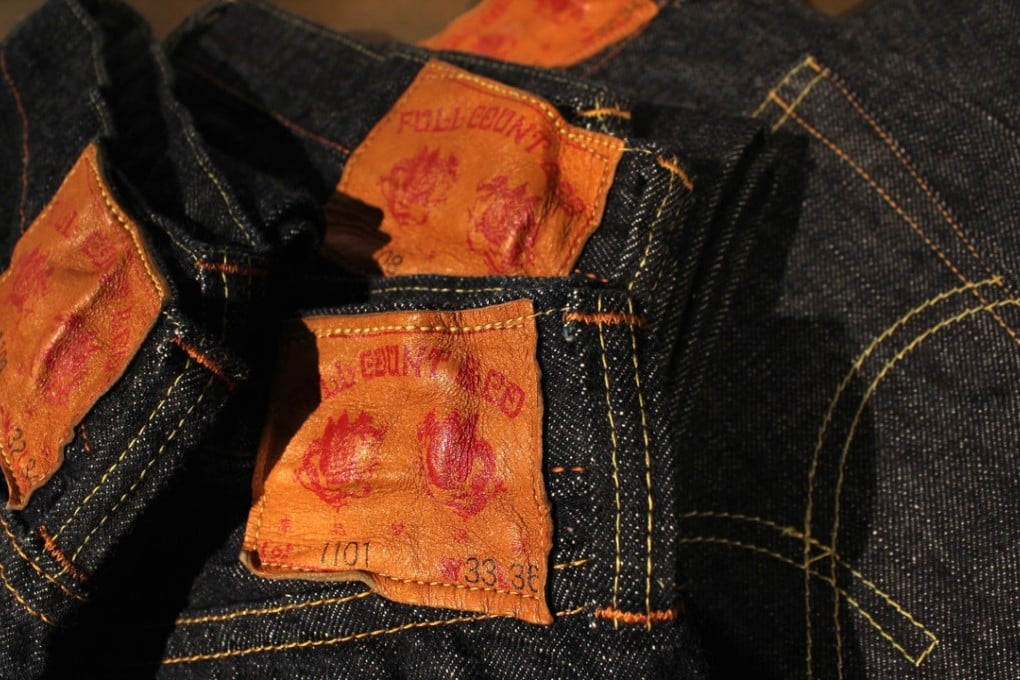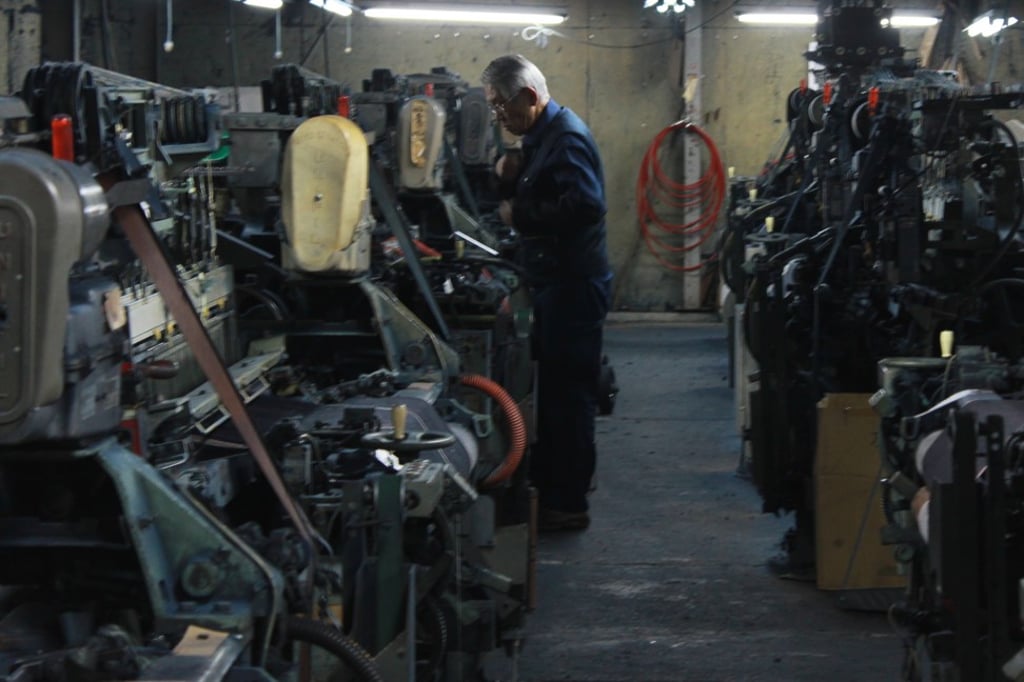Why Japanese jeans and denim are trending and which labels you should be wearing
Boutique outlets Red Card, Kuro, Japan Blue Jeans and Full Count all feature the country’s highly prized fabric, but even big name stores such as Gap and Uniqlo cater to customers looking for jeans and jackets that are a cut above

Japanese denim is prized around the world as the best quality available, whether it’s raw and rigid or heavily distressed and ultra stretchy. Brands from Uniqlo and Gap to Rag & Bone and 7 for All Mankind all use denim from Japan in their collections. So what is it that makes Japanese denim so special?
The history of denim production in Japan is not a long one, only dating back to the mid-1960s and early ’70s, when jeans became a sought-after fashion item thanks to Hollywood.
Why street style is over, in the eyes of one of its original stars, and the menswear trends he’s seeing in Hong Kong and Japan
Japanese textile companies started weaving denim fabrics to recreate the popular American material at home. Unsurprisingly, the centres of denim production evolved in textile-producing regions, namely Kojima and Ibara in Okayama prefecture, and Fukuyama in Hiroshima prefecture.
In roughly the past decade and a half, Kojima has become known as the “denim capital of Japan,” but it is also produced in the other two areas as well, namely by Kaihara Denim in Fukuyama and Kuroki in Ibara. The fact that Kojima is better known is due mainly to a marketing campaign by the town’s tourism board, as well as its Jeans Street, where visitors can search for a perfect pair.

Many companies that buy Japanese denim want selvedge denim, which takes longer to produce and can only be woven on vintage looms that are no longer made. While the demand for selvedge denim is strong, the supply has reached a plateau and is likely to decline, as the remaining looms that can produce it inevitably break down beyond repair.